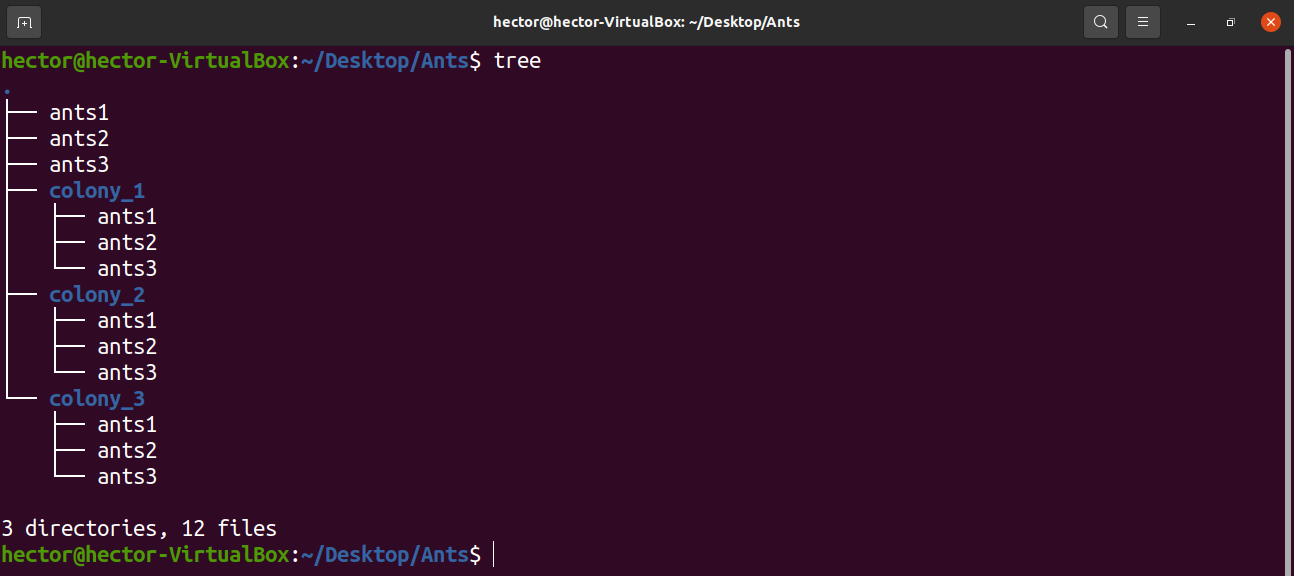

UNTAR TAR.XZ ARCHIVE
The command updates the archive with changed files without any overwrites.
UNTAR TAR.XZ UPDATE
Update the existing files in the archive with a newer version from disk with the -u option: tar uf įor example, update the files.tar archive with a changed text file: tar uf files.tar filesĬheck the tar contents for the changed file: tar tfv files.tar | grep files0.txt Comparing provides insight into any changes made on the system after creating the archive. This time, the output shows differences in the modification time and the size for a specific file.

Compare the archive to the existing directory again: tar df files.tar Add text to an existing file in the files directory: echo 'Hello' > files/file0.txtĤ. The output does not display anything, meaning there is no difference between the existing files.ģ. Compare the archive with the existing directory: tar df files.tar Create a tar archive: tar cf files.tar filesĢ.
UNTAR TAR.XZ HOW TO
The steps below show how to use the -d, -diff, or -compare tag with tar:ġ. The option only checks for existing files and ignores any newly added files. The command searches for the same contents and compares them to what is in the archive. To check the difference between an archive and files on disk, use the -d tag: tar df To confirm the concatenation worked, check the file size. To return to the parent directory, use: cd. Create files to populate the files directory: touch file.txt Make another directory called files in tar_examples and enter that directory: mkdir files & cd filesģ. Create a directory named tar_examples and navigate to the directory: mkdir tar_examples & cd tar_examplesĢ. The examples below have the following requirements:ġ. Read or write compressed archives through xz format.įollow the examples in the next section to learn how to work with tar. Read or write compressed archives through gzip format. Read or write compressed archives through bzip2 format. Shows the file tar works on while running. Updates archive with new files only if they are not in the archive and are newer than existing files. CommandĮxtract one or more items from an archive.Ĭompares archive members with files on the system. The following table outlines the commonly used tar operations and options. GNU long-option style with a double-dash and a descriptive option name: tar -create -file -verbose Īll three styles can be used in a single tar command. UNIX short option style, using a single dash and clustered options: tar -cfv Īlternatively, a dash before each option: tar -c -f -v ģ. Traditional style, clustered together without any dashes.Ģ. There are three possible syntax styles to use the operations and options:ġ. The file name(s) is a space-separated list for extraction or compression or wildcard matched name.The archive is the file name and extension.There is no limit on the number of options. Options modify the operation mode and are not necessary.The command allows and requires only one operation. Operation mode indicates which operation executes on the files (creation, extraction, etc.).A file or files for testing the command.If it handles the file format then could carry that file with your action. Also could try 7zdec.exe which is very small. Could consider checking io.which to locate 7z, and downloading/caching if not found.
UNTAR TAR.XZ DOWNLOAD


 0 kommentar(er)
0 kommentar(er)
